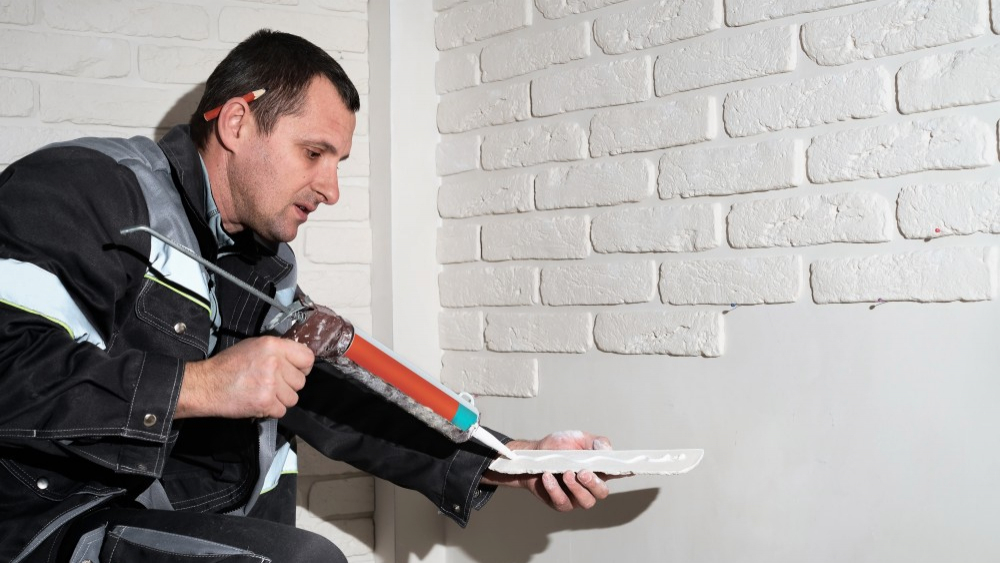Concrete holds up houses, driveways, patios, and basements but it doesn’t always stay perfect. Cracks show up from shifting soil, heavy loads, or just time. Some people ignore them until they spread but smarter homeowners and builders fix them early.
Epoxy injection and other crack repair methods are straightforward ways to keep concrete strong without ripping everything out.
Why Do Cracks Happen?
Concrete looks solid but it reacts to what’s around it. Soil under a slab shifts when it gets too wet or dries out. Cars and trucks press down on driveways every day. Basements deal with water pressing against the walls. Even if the pour was done right, small cracks eventually find their way in.
Some cracks don’t mean much. Others run deeper and actually weaken the structure. The key is knowing which ones matter and taking care of them before they spread.
The Basics of Epoxy Injection
Epoxy injection works by filling a crack from the inside out. The material seeps in, hardens, and bonds the concrete back together. It’s not just patching the surface- it creates a seal that runs the whole depth of the crack. That makes it a go-to fix for cracks that affect strength and stability.
It doesn’t fit every situation. Thin lines can be easy, but wide or shifting cracks sometimes need other methods. That’s why people look at epoxy as one tool, not the only one.
When Crack Injection Works Best
The crack injection concrete method is great when the crack needs more than a surface patch. A cracked basement wall, for example, can let in water and lose strength. Injecting epoxy locks the wall back into place and stops leaks. Slabs or driveways that are starting to split can also be stabilized with injection.
Small surface lines that don’t go deep might not need epoxy at all. Cheaper fillers or sealants often do the job fine in those cases.
What Usually Goes Wrong If You Wait
Cracks don’t usually sit still. Homeowners often let them go, thinking it’s no big deal, but over time they open wider or start spreading. A crack in a driveway that could have been sealed last year might turn into whole pieces breaking off after a tough winter.
Inside basements, it’s worse. Once water starts slipping through, you deal with musty smells, flaking paint, or mould creeping in. That’s when people realize it’s not just cosmetic. By then, the repair costs more and takes longer.
Crack Repair Options Compared
Not every crack needs epoxy. A quick rundown of concrete crack repair methods:
- Epoxy injection: Strong fix for structural cracks. Bonds the concrete back together.
- Polyurethane injection: Flexible option, better for leaks or cracks that still shift slightly.
- Surface fillers/sealants: Best for small, shallow cracks that don’t affect strength. The right
DIY vs. Professional Repair
Homeowners can handle some crack sealing with kits available at hardware stores. For thin, non-structural cracks, these can be a quick and affordable fix. But when it comes to deeper cracks, especially in load-bearing areas, professional repair is worth it.
Professionals have the equipment to inject epoxy under the right pressure. They also know how to identify whether a crack is purely cosmetic or a sign of structural movement. Misjudging that difference can lead to much bigger problems later.
What to Expect From the Process
Epoxy injection crack repair isn’t complicated, but it takes care. The crack gets cleaned out first. Small ports are placed along it, then epoxy is pushed in under steady pressure. Once it sets, the ports come off and the surface gets smoothed out.
Bigger cracks or long walls can take hours, even a whole day. But when it’s done right, the crack is sealed through and through, and the structure is solid again.
Long-Term Payoff
The main advantage is avoiding bigger problems. A fixed crack means no water leaks, no weakened walls, and no surprise costs later. You don’t have to tear out whole sections of concrete, which saves time and money.
Cracks will happen, that’s just how concrete ages. The difference is in fixing them before they get out of hand. Early repairs hold up longer and cost less in the long run.
Common Mistakes People Make
One mistake is just covering the crack with caulk or cement and hoping it holds. That might look okay for a while, but it rarely lasts, especially if water pressure or heavy loads are involved. Another is waiting too long and assuming it won’t get worse. Almost every crack does.
The last mistake is not checking if the crack is a sign of a bigger issue, like soil shifting or foundation movement. Fixing the crack without looking into the cause means you’ll probably see it again down the road. Paying attention to those small details makes the repair worth it.







